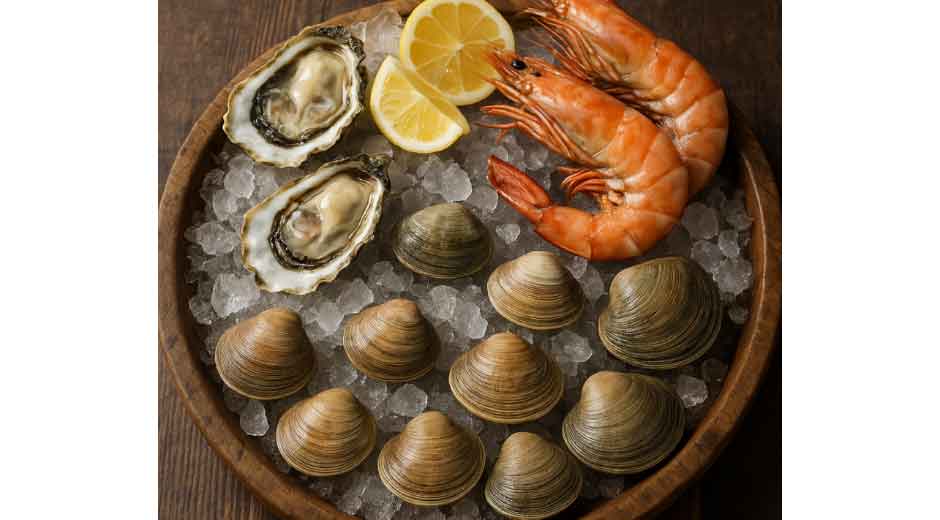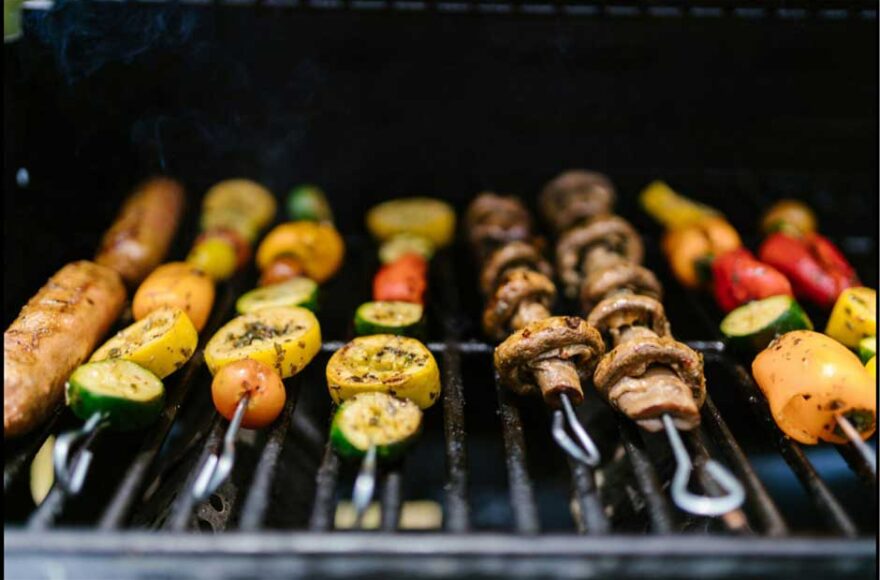From Tide to Table: Embracing the Elegance of Shellfish

The Coastal Allure of Clams
For generations, clams have been more than just a coastal delicacy — they are cultural staples, symbols of shoreline abundance, and centerpieces in some of the world’s most beloved dishes. Whether steamed, baked, grilled, or raw, clams offer a depth of flavor that elevates everything from a rustic chowder to a refined seafood platter.
Understanding the range of clam sizes is essential for anyone seeking to harness the full potential of this versatile mollusk. The distinction between small, tender clams ideal for raw preparations and larger, meatier varieties suited for stuffing or chowders is not merely academic — it’s the backbone of proper seafood selection.
Discerning chefs and home cooks alike benefit from guides that illuminate the differences between varieties, not only for flavor but for function. Each classification serves a different role in the culinary spectrum, offering a spectrum of texture, salinity, and mouthfeel depending on how it’s prepared and enjoyed.
Shellfish as a Culinary Art Form
In high-end kitchens, the treatment of shellfish mirrors the precision used in pastry — meticulous, deliberate, and informed by tradition. Clams, especially, demand a nuanced understanding. Their size, age, and harvest region influence not just taste, but also how they pair with wine, herbs, citrus, and even smoke.
Small clams, with their tender bodies and briny pop, are typically served raw or quickly steamed. Littlenecks, often the choice for elegant crudo plates, possess just enough bite to hold their own without overpowering. In contrast, larger clams like Cherrystones or Quahogs provide a robust chew, lending themselves to baking with breadcrumbs, butter, and pancetta.
It’s not about bigger or smaller — it’s about intention. The clam sizes you choose should align with your dish’s desired texture and emotional tone. Is the dish a light starter meant to awaken the palate? Or is it a rustic centerpiece designed to comfort? The right selection ensures harmony.
Regional Roots and Sustainable Harvesting
Beyond the plate, the story of a clam begins in waters that shape its character. Clams harvested from the cold Atlantic off New England develop differently from those off the warmer Gulf Coast. Water temperature, sediment type, and tide movement all affect shell thickness, growth rate, and salinity level.
Fortunately, many reputable fisheries now operate with sustainability in mind. Responsible aquaculture and wild harvesting methods ensure that clam beds are preserved for generations, allowing connoisseurs to enjoy their favorite varieties without ecological guilt.
At places like Fulton Fish Market, traceability and transparency are key. Their resources, like the detailed clam size chart, help inform not just taste preferences, but ethical choices as well. For the conscious consumer, these are more than mollusks—they’re a testament to thoughtful sourcing.
The Experience of Presentation
Any seasoned host knows that seafood, perhaps more than any other ingredient, is about drama and elegance. When clams arrive at the table — nestled in crushed ice or bubbling under a crust of golden breadcrumbs — they signal celebration.
Visual harmony plays a critical role. Small clams lend themselves to geometric uniformity on a platter, while larger clams offer room for creative stuffing or dramatic plating with sauces and garnish. In this way, clams become not just a dish, but a design element.
Pair with a crisp Muscadet, a chilled Vermentino, or a dry rosé, and the experience is elevated from meal to memory. It’s about contrast — the ocean’s salt against citrus acidity, warm butter against the coolness of shell. These moments define refined dining.
Storage and Preparation: Respecting the Ingredient
Fresh clams are alive until the moment they’re cooked. This makes storage not just a step, but a sacred trust. Kept in a breathable container in the fridge, away from sealed plastic or stagnant water, they’ll remain fresh and vibrant for up to two days. They should smell like the sea, not the dock.
When ready to prepare, scrubbing the shells and discarding any that do not close when tapped is critical. This ritual, though simple, connects the chef to generations of foragers who understood the responsibility of working with living ingredients.
Clams are quick to cook and unforgiving if overdone. A watchful eye, a steaming pot, and a practiced hand ensure they open just enough to signal readiness. From there, it’s all about composition — whether stirred gently into linguine with white wine and garlic or baked until the stuffing is golden.
A Mollusk Worth Mastering
Clams are more than ingredients; they are reflections of the ecosystems that nurture them. With every bite, there’s a connection to the shorelines, tides, and hands that brought them to your table. For those who truly appreciate culinary storytelling, clams are an invitation to slow down and savor what the ocean offers — wild, elegant, and deeply nourishing.
To master clams is to master balance — of size, source, and intention. Whether preparing a seafood tower for guests or a quiet meal for one, selecting the right clam type is part of the art. With knowledge comes confidence, and with confidence comes creativity.
Conclusion: Savoring Simplicity Through Shellfish
In a world where the finest meals are often the simplest, clams hold a unique place. Humble yet elegant, rustic yet refined, they invite us to appreciate not only their taste, but their journey. When chosen well, prepared with care, and served with intention, they become more than food — they become an experience.


